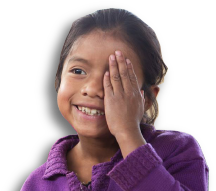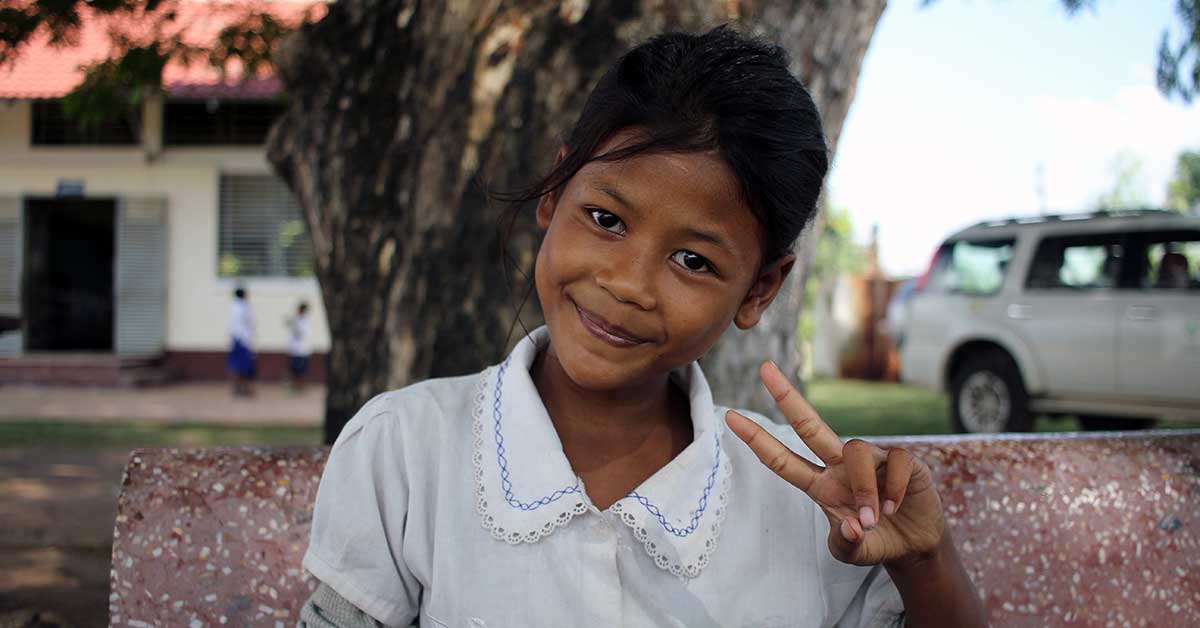
Seva and Cambodia’s Ministry of Education are teaming up to screen 20,000 students and catch vision problems early.
Continue reading
Seva and Cambodia’s Ministry of Education are teaming up to screen 20,000 students and catch vision problems early.
Continue reading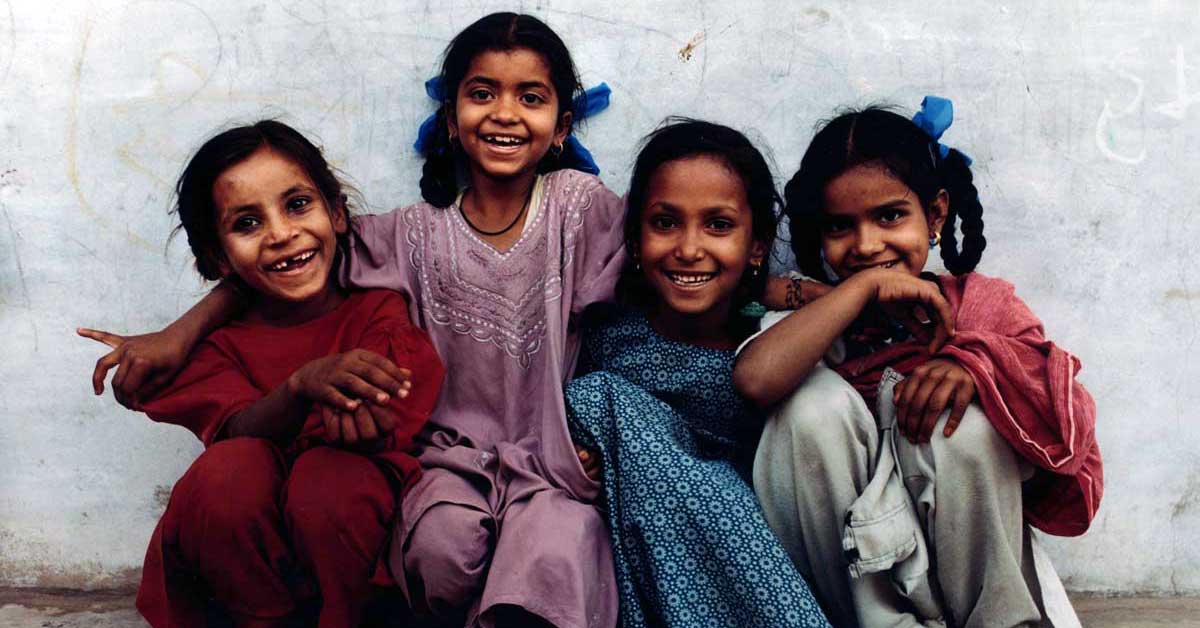
Children inherit many traits – green eyes, curly hair, athletic ability. They can also share vision problems. If one sibling needs glasses due to issues like nearsightedness or cataracts, the others may too.
Continue reading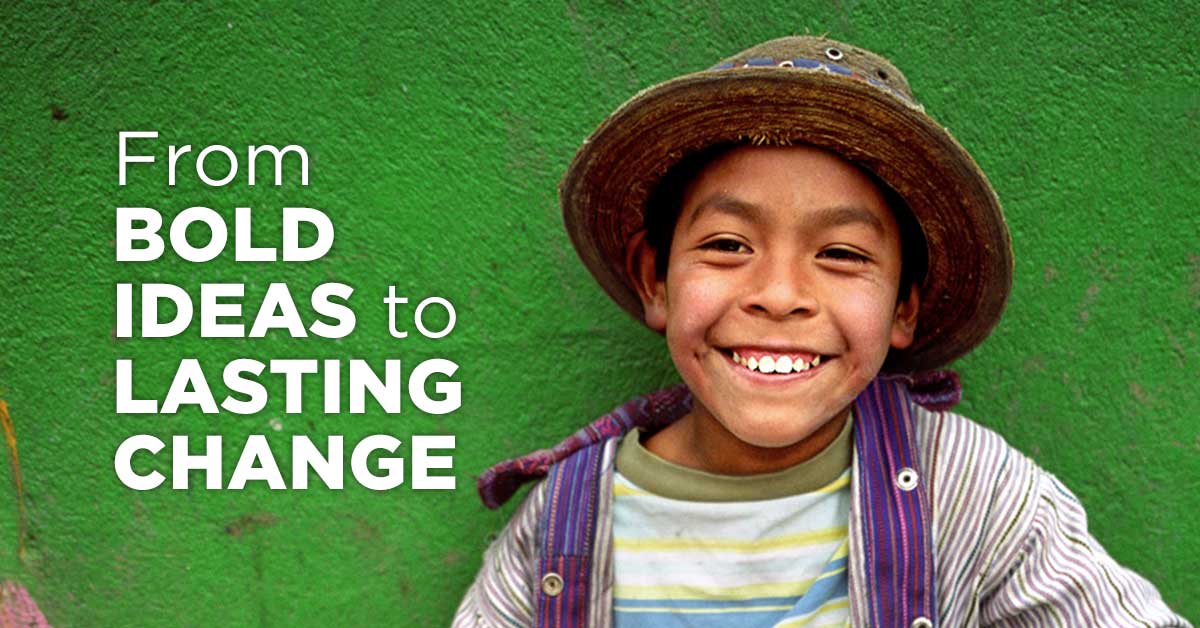
Right now, somewhere in the world, someone is seeing clearly for the first time – thanks to you.
Through Seva, your compassion does more than restore sight. It brings back the sparkle in a child’s eye, the confidence in a mother’s stride, and the independence of a grandfather finding his way again.
Continue reading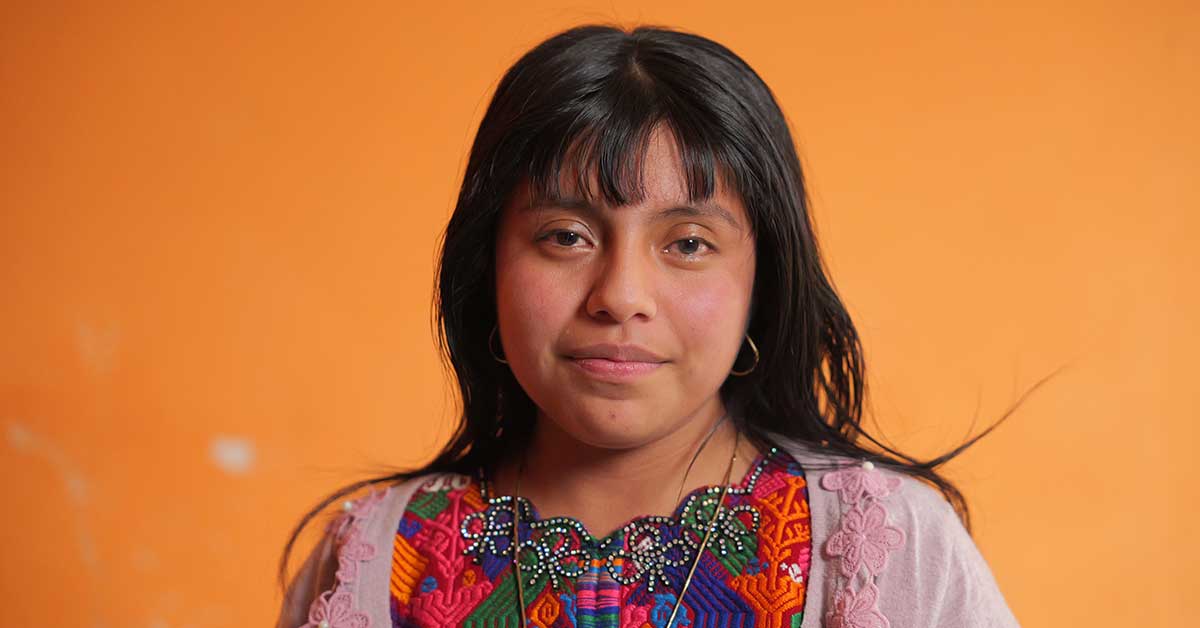
At just 15, Emily faced a life-changing challenge when she suddenly lost her sight after years of watery, itchy eyes. Unable to attend school or work, she spent months at home, unsure of what her future might hold.
Continue reading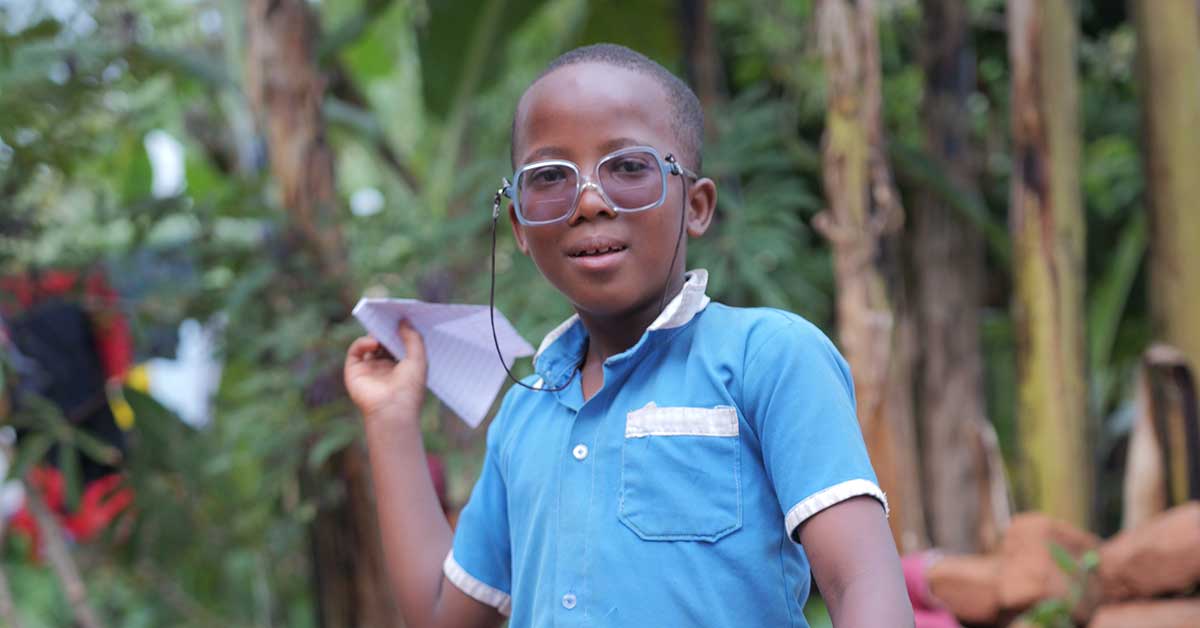
Last month, the Seva Foundation and The International Agency for the Prevention of Blindness released a groundbreaking report revealing a striking truth:
Children with vision loss learn at half the rate of those with good or corrected vision. Put another way – every year, 6.3 million school years are lost due to uncorrected vision, amounting to $173 billion in future earnings each year. Imagine the impact if those kids could simply see the board. What innovations would emerge? What challenges could these young minds overcome?
Continue reading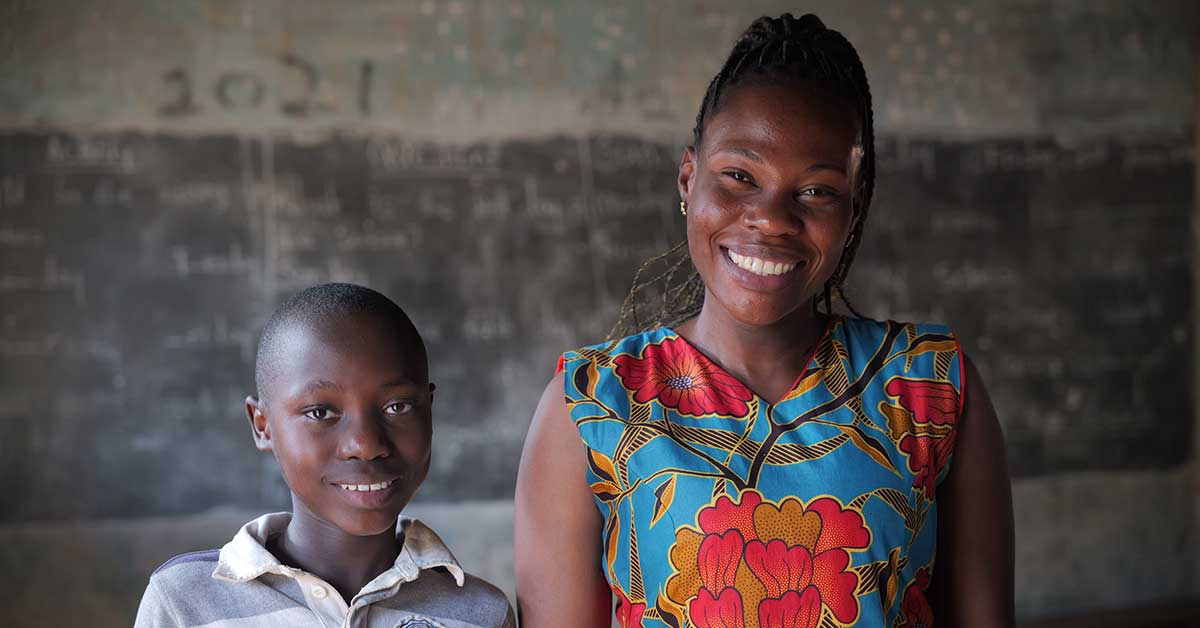
“Kids” and “cataracts” aren’t two words one hears very often in the same sentence. For one thing, the young person having the vision difficulty might not make that much of it, assuming everyone sees objects surrounded by a big fuzzy blur. They may be shy about bringing it up, or a little freaked out that they can’t see the front of the classroom or aren’t as adept at sports as they’d like to be.
Continue reading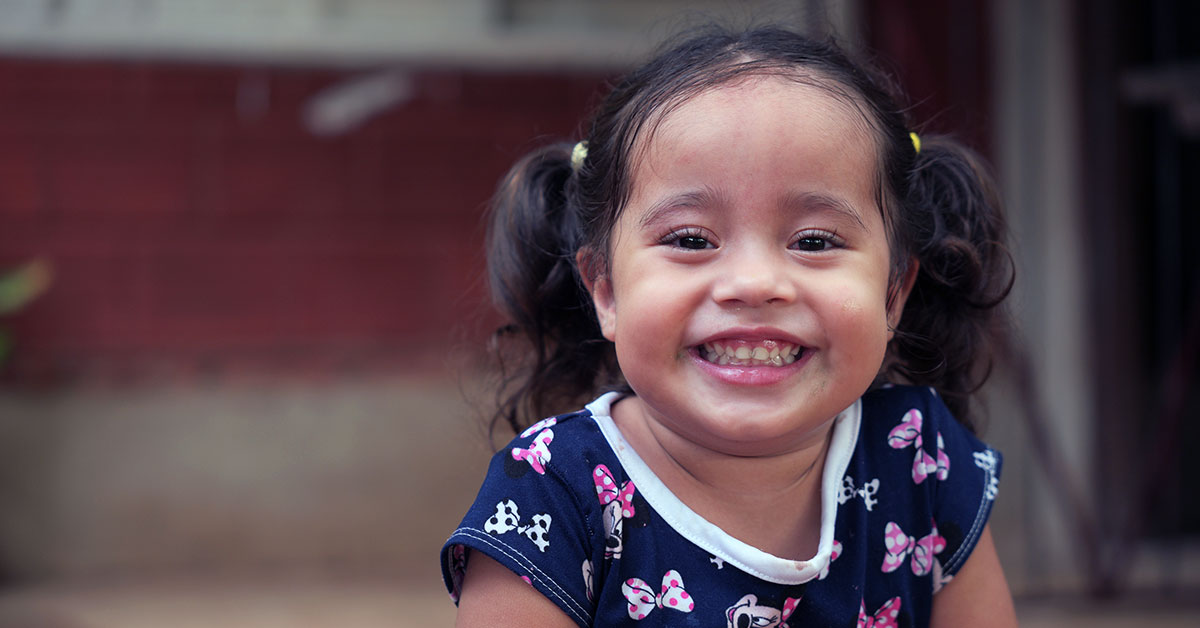
A new Seva project in India will target babies’ and children’s needs; specifically, children’s need for eyeglasses (correcting quality refractive error), and treating Retinopathy of Prematurity (ROP) in babies.
School-aged students will receive complete eye checkups, prescriptions, and a selection of stylish frames at their local Vision Centers. To ensure ongoing eye care there will be staff dedicated to vision monitoring and follow-up visits, as well as training a team of teachers and youth ambassadors.
Continue reading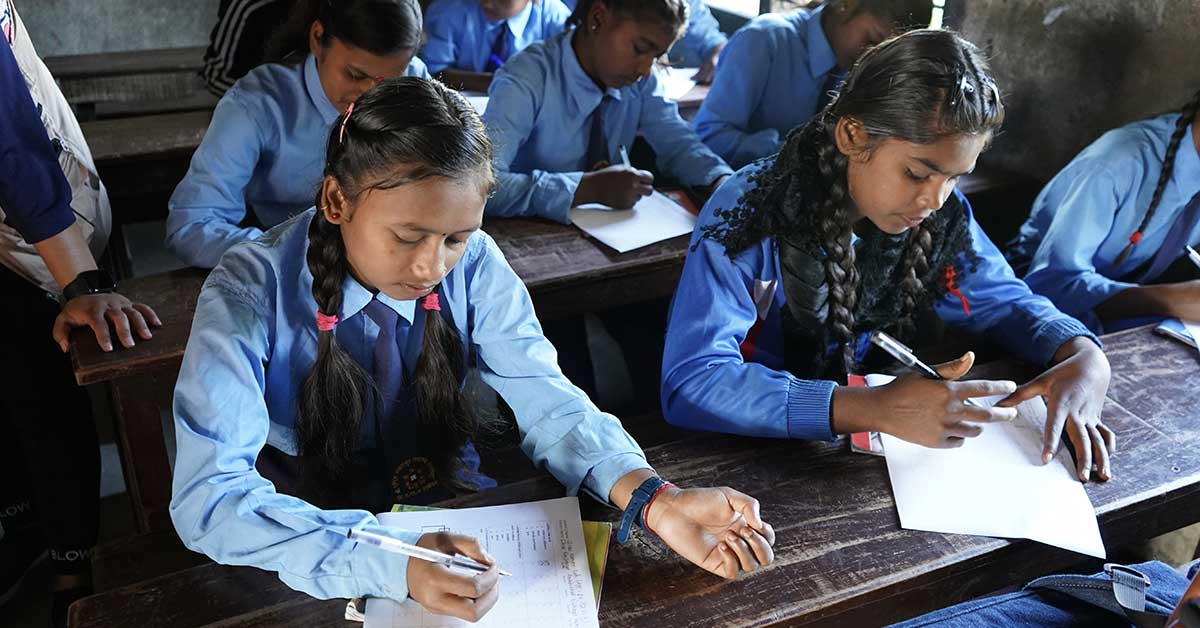
Across low-and-middle-income countries, less than half of 10-year-old children can read. This alarming phenomenon has been labelled by education experts around the world as the global ‘learning crisis’: A bitter-sweet situation in which we have achieved near universal primary education, including gender parity, but in which children are not achieving sufficient mastery of basic literacy and numeracy.
Policymakers will need to use a variety of tools to address the learning deficit. One promising but under-considered intervention is hiding in plain sight: eyeglasses.
Continue reading* We won't share your email and you can unsubscribe at any time.
